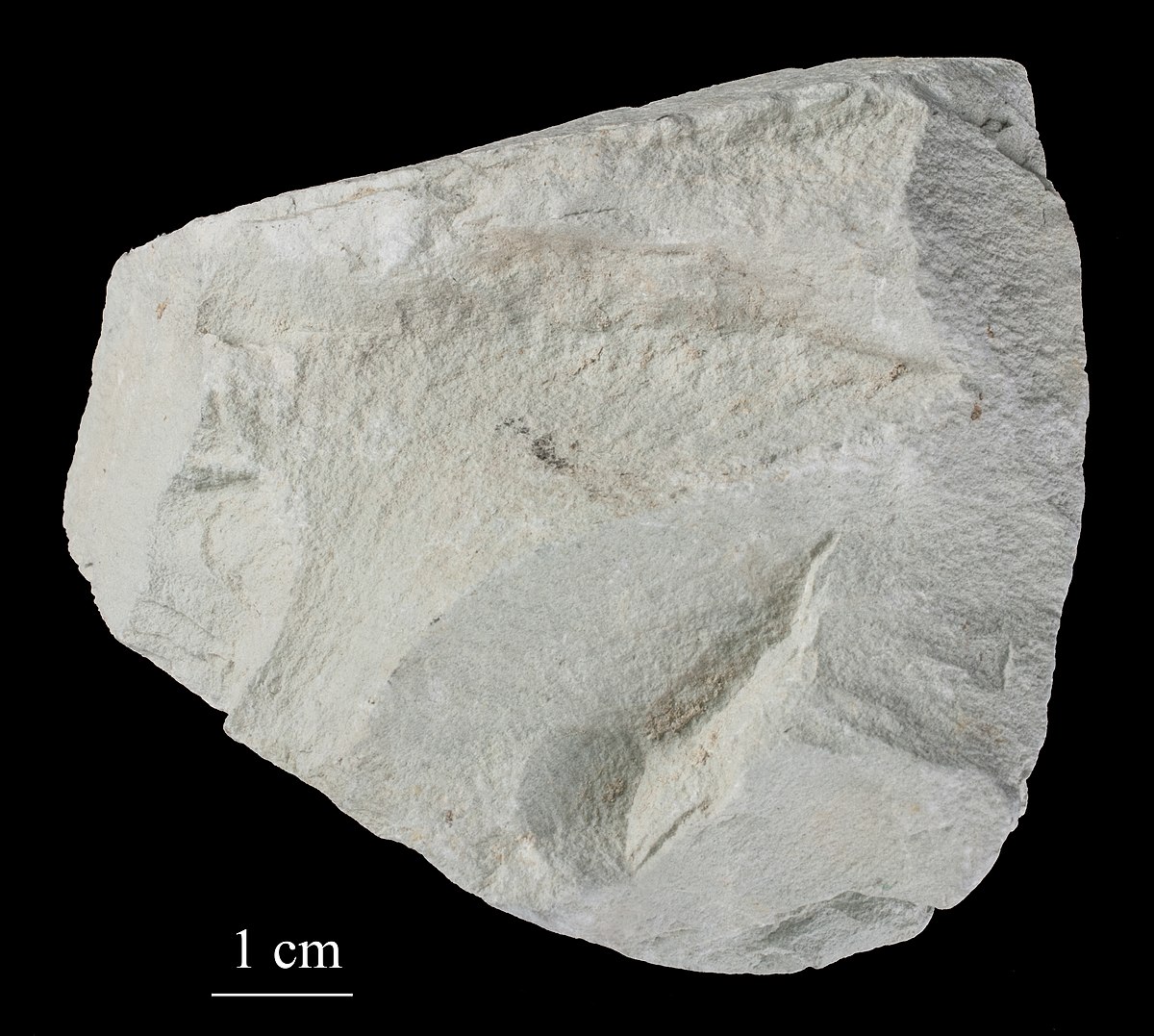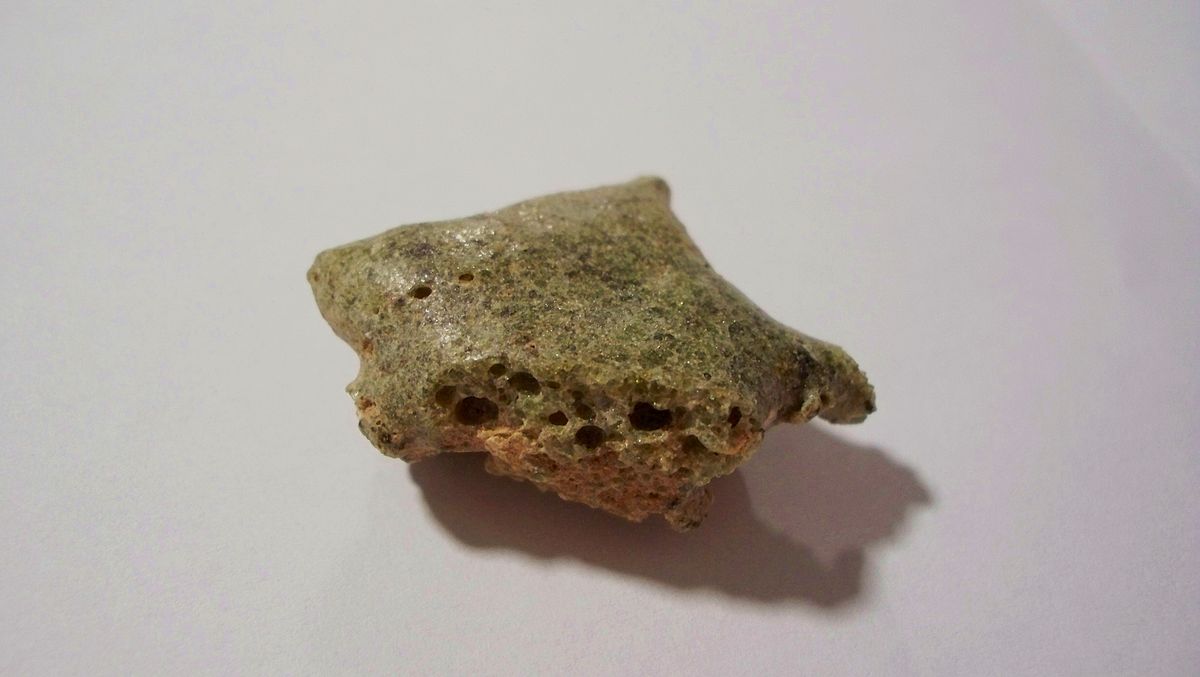Note: Some of this is a nit like saying the
Sun rises in the east versus
no it doesn't, it's the earth rotating.
No, svetz said hot air needs to be separated from cold air like in a balloon to rise, and this is not so.
....as an HVAC contractor myself, or anyone who has ever had a multi story house can attest… cold air falls down the stairs…
Svetz Wrong on thermodynamics? Hah! That only happens 70% of the time
or anytime I use a calculator ; -)
Think of it this way,
if the air was well mixed it would be at the same temperature. If it's at the same temperature then it's at the same density.
If it's at the same density then there's no rising/falling. Ergo if there's rising/falling there's
is a temperature gradient and therefore a separation.
Most of what you see with AC (or any cold draft) is some sort of
thermocline (e.g., streams of different temperature air moving, usually the denser one falling without mixing due to laminar flow). This is also what drives the weather (colder air at the same pressure requires less volume (PV=nRT) so warmer air pushes against it causing wind, or where colder air contacts warmer air it will "flow" underneath and at the boundary possibly condense moisture out warmer air causing precipitation).
Let me just supply the next argument... okay smarty pants... You said "Most" so we know we're not getting the whole story. Also, you're wrong because the temperature of a "still" room is hotter at the top than the bottom - scientifically proven!
Right you are! So glad you asked! If you take well-mixed air and let it stand undisturbed you will see a temperature gradient (for a while anyway). Proof positive, right? Nope... the hot air is up there because it's less dense - not because it's hotter.
But where did the heat come from if it was all well mixed to start with?
To understand that you need to understand what's being measured with
temperature. Pressure is essentially the measure of collisions per second of molecules. Remember PV = nRT? Double n (number of molecules) while keeping V & T constant and you double the collision energy, you double P.
Temperature is a measure of the kinetic energy imparted during a collision and it has two parts: the physical speed/mass of the molecule and the vibrational frequency of the bonds between the atoms.
At 0C and 1 atm the average distance between air molecules is 1 nm (an oxygen molecule is about .3 nm). In between them is a vacuum.
There's an average of 3.46x10^10 collisions of those molecules per second and a liter of air contains about ~6 x10^23 molecules.
But given ~6.02214199 x10^23 molecules in a single liter of air, what are the odds of any two molecules having the same energy?
What
temperature measures is the average energy of a heck of a lot of molecules. Even when a room feels all the same temperature you can bet there are outliers on both sides of a bell curve.
If two molecules of exactly the same energy collide there is no energy transfer. Think of the molecule as little spheres connected by springs and the bond energy as the stiffness of the springs. If two molecules with the same velocity impact but have different bond energies, then velocity or bond energy can change.
So, the reason a temperature gradient forms in a still room is because the air molecules were never really all the same temperature and the hot ones create lower density and therefore float to the top. Because the molecules with similar energies are in similar layers there is very little energy transfer overall between the layers and the gradient persists. But don't worry, in a closed system they
should eventually reach equilibrium.
Bottom line, if you have a column of sand, don't expect a temperature gradient at the top of the column because "heat rises".





